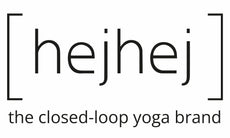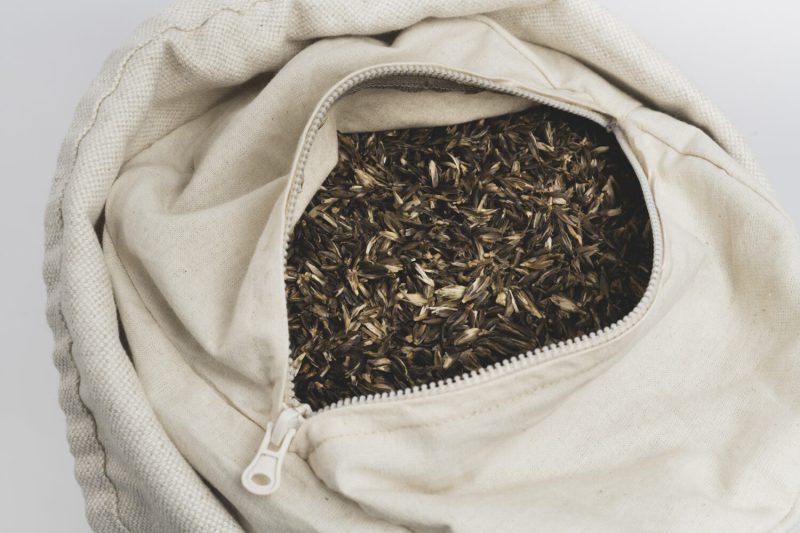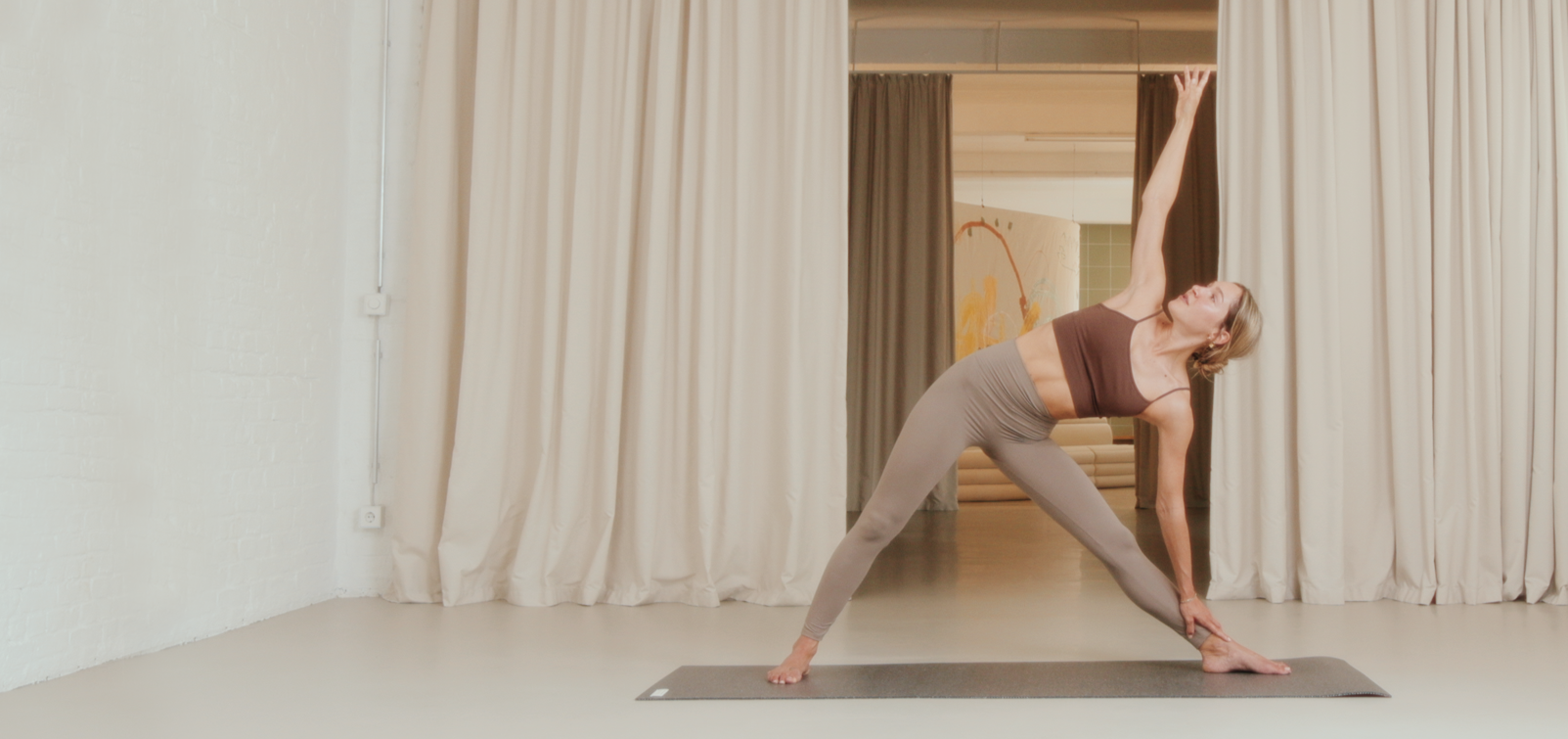As you know, we like to look at yoga from a sustainable perspective and vice versa. After we have already dealt with the first five principles of Patanjali’s Yoga Sutra and interpreted the Yamas in a sustainable way, we now continue with the Niyamas, because yoga and sustainability complement each other very much, as we find.
Very basically, the Niyamas are 5 rules for dealing with yourself that you can follow and that will allow you to be mindful of your own body and self.
Saucha
Have you heard of Saucha? Saucha is often translated as cleanliness or purification and is the first of the five Niyamas. We would like to look at all five from a sustainability perspective, but let’s start with the first.
It seems pretty obvious that a clean environment goes well with sustainability, but let’s take a closer look. Yogic wisdom states that impurities in both our external environment and our internal body negatively affect our state of mind. The techniques of yoga purify the body and mind and strengthen their ability to maintain a pure, judgment-free state. In order not to bring external impurities into our body or mind, we must also consciously work to surround ourselves with a pure and natural environment. So for us, Saucha means both environmental awareness and self-care.
The practical implementation of Saucha
According to yogic scriptures, Saucha applied looks like this: Take care of the purity of your body, shower regularly, and wear fresh clothes. Choose your words deliberately, also keep your speech pure and kind. Last but not least, also keep your mind pure, let go of thoughts that weigh you down, that are resentful or judgmental.
How can Saucha be practically related to sustainability?
Cleanse your mind of stimuli that drive you to consume. Is it social media consumption or certain people around you? Think about how these stimuli affect you and whether you appreciate them. You can also cleanse your language of words that express too much urgency, such as “need” or “must.” How often do you really need something new? How often do you really need to buy something new? Ask yourself: Do I really need this? This question expresses what the sufficiency strategy, one of hejhej’s basic philosophies, is also about in the essential. In terms of your body, you can question what you consume. What kind of food do you eat? Do you eat naturally or do you eat a lot of processed foods? Do you tend to wear natural fibers or a lot of plastic fibers too? Are your clothes chemically or naturally dyed products?
Tips from the hejhej team:
Here we introduce Ayurvedic foods for your yoga practice.
2. Clean your mat regularly with the hejhej-spray. To do this, simply apply 1 – 2 pumps to your hejhej-mat or other yoga mat and wipe with a dry cloth.
As you can see, there is already a lot of applicable wisdom in the first of the 5 Niyamas. Yoga and sustainability really complement each other, don’t they? Let’s look directly at the next one: Santosha.

Santosha
Santosha stands for satisfaction. So how do you become satisfied? How do we achieve supreme happiness? We often think that satisfaction comes with the fulfillment of a desire. For example, good food, more money, beautiful experiences, compliments from others, or tender hours with another person. So far, so good. Patanjali now turns this around. He says that through Santosha comes not only happiness, but unsurpassed, great happiness. He says that small happiness comes from the sense pleasures just mentioned, but unsurpassed happiness comes from the cultivation of happiness.
Yoga and sustainability: how you can relate Santosha to sustainability
In terms of sustainable consumption, you can ask yourself: when do I consume? To satisfy a dissatisfaction? To pour out feelings of happiness? Wouldn’t it be more sustainable for my happiness and our planet’s resources to seek out things/hobbies/rituals that are really good for me and that are more long-term in my life than a new piece of clothing or an impulse buy? How about gaining satisfaction in walking or jogging? Does my yoga practice make me feel satisfied because it always makes me feel so good in my body? How do I find happiness within myself? There is not one answer that fits everyone here. But we are sure you will find rituals or activities that will help you integrate Santosha into your daily life.
Tapas
The third Niyama, not to be confused with the Spanish appetizers, represents persistent effort and zeal. Tapas translated from Sanskrit means “heat”. Imagine a blazing flame when you think of Tapas. This flame represents the enthusiasm with which the spiritual practice is carried out. When you feel that heat, you roll out your mat with enthusiasm, and you settle into your meditation with determination, knowing that you will be rewarded, with the fruits of your practice, the feeling of well-being, the calm.
Tapas and Sustainability
In terms of sustainability, you can interpret tapas like this: Feeling good about yourself in the long term from within, feeling resilient, and sustainably drawing strength from within also means buying less thoughtfully, thereby saving resources and breathing a sigh of relief for the planet.

Svadhyaya
Self-reflection is the fourth of the five Niyamas. What can self-exploration look like? Finding inner happiness is not an immobile state, but constant openness, reflection, and also ‘work’ if you want to call it that.
“The Only Constant in Life Is Change.”- Heraclitus
So the only certainty we have is change and transformation. Don’t be put off by it, but open yourself up to it. Inner happiness, like your self-exploration, is not a one-time task. It is a way of life.
Apply this thinking to sustainable action and consumption.
Ask yourself: Am I constantly learning? Do I keep learning about new materials that are even more sustainable? Do I keep learning new ways of manufacturing, like the closed-loop economy of hejhej? Am I open to it? Do I want to learn and develop? Do I always have to know everything? No, no one has to. But being open means being receptive and allowing growth.
Ishvara Pranidana
The last Niyama stands for the surrender of the ego and for the trust in a higher power.
The relationship with God is often spoken of here. In doing so, you can define the concept of God as it feels right to you. God as the big picture or the universe, for example. Cultivate a relationship with God, with the big picture. See life as a teacher. Ask for guidance and trust that life will give you the tasks that are needed, that will give you strength to do what needs to be done and that mistakes are also part of this journey.
‘Dear Universe, I trust you’
The devotion to the ego, yoga, and sustainability – how are they related? ‘Dear Universe, I trust you’ is an example of a mantra that can accompany you on your way to more basic trust in life, to more happiness within and to more reflection, more openness, and also more sustainability in terms of sustainable happiness within and more environmentally friendly behavior in terms of consumption and product selection.

We hope you enjoyed our article on yoga and sustainability and maybe even inspired you. Feel free to drop us a line anytime or on Instagram if you have any questions or thoughts about this journal entry or our hejhej products.





